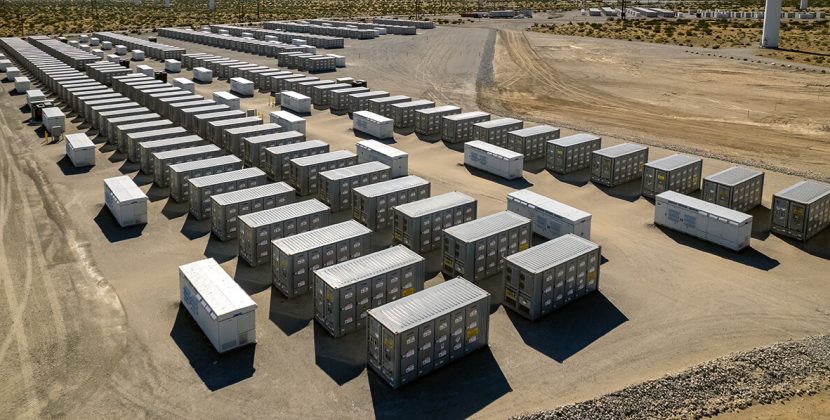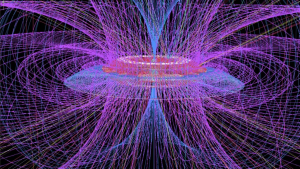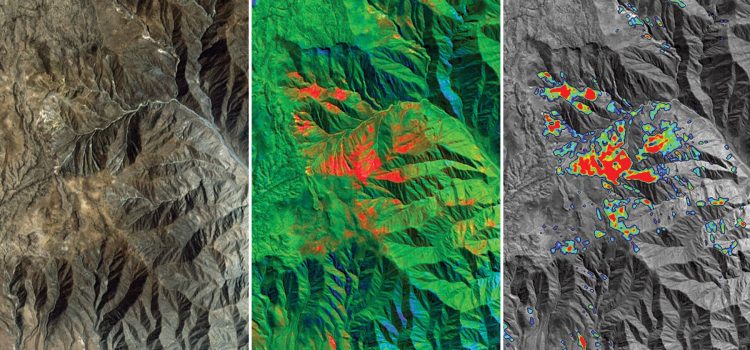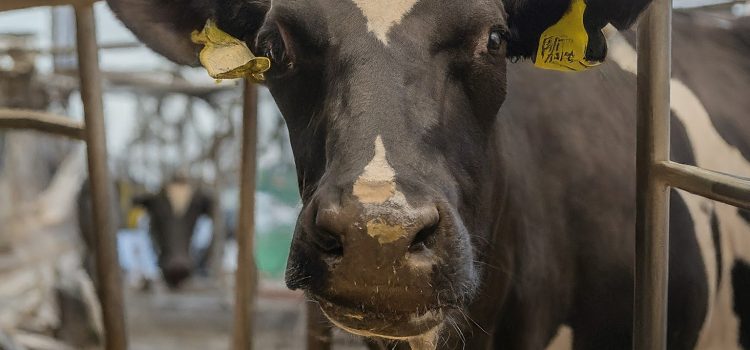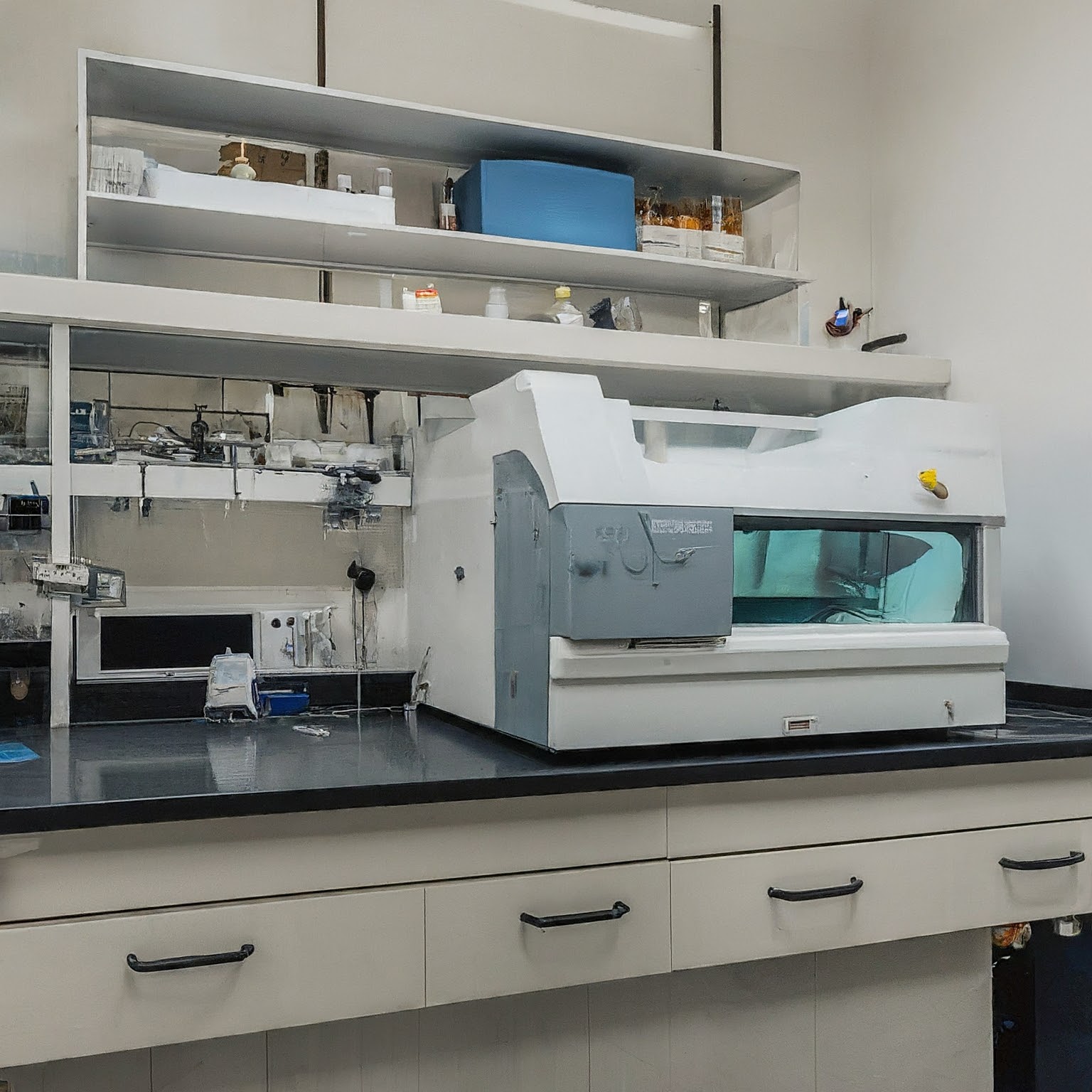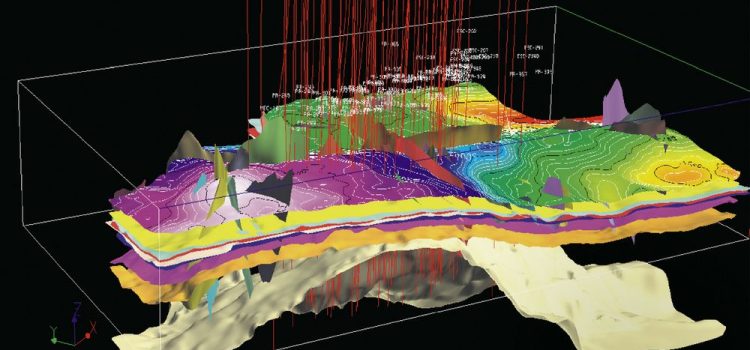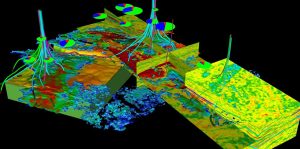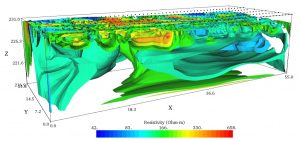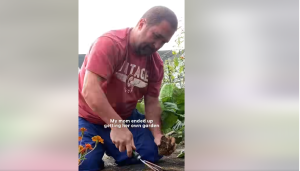
Meet Sarah, Your Guide to Family Harmony
Hi there! I’m Sarah, a certified mediator with over 10 years of experience helping families navigate conflict and rediscover peace. I’ve witnessed firsthand the transformative power of mediation in fostering understanding and strengthening family bonds. In this article, I’ll guide you through the benefits of mediation, how it works, and how it can empower your family to thrive.
Understanding Family Conflict
Family is the foundation on which we build our lives, but even the strongest foundations can experience cracks. Disagreements about finances, chores, child-rearing, or extended family dynamics are common occurrences. While conflict is inevitable, it’s how we navigate it that truly matters. Unresolved conflict can lead to emotional strain, communication breakdowns, and a fractured family environment.
The Benefits of Mediation for Families
Mediation offers a structured and guided approach to conflict resolution. Here’s how it empowers families:
Improved Communication: A neutral mediator facilitates open dialogue, fostering active listening and respectful expression.
Reduced Emotional Tension: Mediation creates a safe space to discuss concerns without escalating emotions.
Collaborative Solutions: Families work together to reach mutually agreeable solutions that address everyone’s needs.
Empowerment: The process strengthens family ties and cultivates problem-solving skills for future challenges.

Benefits of Family Mediation
| Benefit | Description |
|---|---|
| Improved Communication | Develops active listening skills and respectful dialogue. |
| Reduced Emotional Tension | Creates a safe space for calm and constructive communication. |
| Collaborative Solutions | Empowers families to develop solutions that work for everyone. |
| Strengthened Family Bonds | Fosters empathy and understanding, building stronger relationships. |
| Cost-Effective | Often less expensive than lengthy court battles. |
How Does Family Mediation Work?
Family mediation is a voluntary process where a neutral third party (the mediator) guides the family towards a mutually agreeable resolution. Here’s a simplified breakdown:
- Intake Session: The mediator meets with the family to understand the conflict and set ground rules.
- Joint Sessions: The mediator facilitates open communication, allowing each family member to express their perspectives.
- Brainstorming Solutions: The family, with the mediator’s guidance, explores potential solutions and their implications.
- Reaching an Agreement: The mediator assists the family in reaching a mutually agreeable solution documented in a formal agreement.
What to Expect During Mediation
Mediation is a flexible process tailored to each family’s needs. However, you can generally expect:
- A Safe and Confidential Space: The mediator ensures a safe space where everyone feels comfortable sharing their perspectives.
- Neutral Guidance: The mediator remains impartial, guiding the conversation without taking sides.
- Focus on Solutions: The emphasis is on finding solutions that work for everyone, not on assigning blame.
Is Mediation Right for Your Family?
Mediation is a valuable tool for families facing:
- Communication breakdowns
- Disagreements about child-rearing
- Financial concerns
- Extended family dynamics
However, it may not be suitable for situations involving violence, abuse, or power imbalances. Consider discussing your unique situation with a qualified mediator to determine if it’s the right approach for your family.
Building a More Peaceful Future: Tips for Ongoing Communication
Even after mediation, open communication is key to maintaining family harmony. Here are some tips:
- Schedule regular family meetings for open discussion.
- Practice active listening and validate each other’s feelings.
- Focus on “I” statements to communicate your needs clearly.
- Be open to compromise and acknowledge different perspectives.
By embracing these practices, you can build a foundation for ongoing communication and lasting peace within your family.
Remember, you’re not alone! Mediation can be a powerful tool in navigating family conflict and restoring harmony. If you’re looking for a more peaceful future, consider exploring mediation with a qualified professional.


